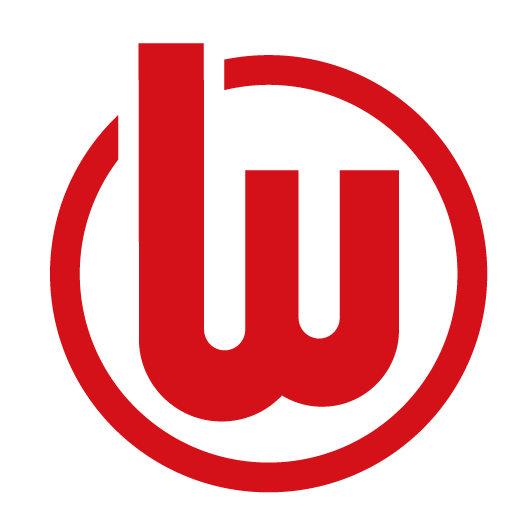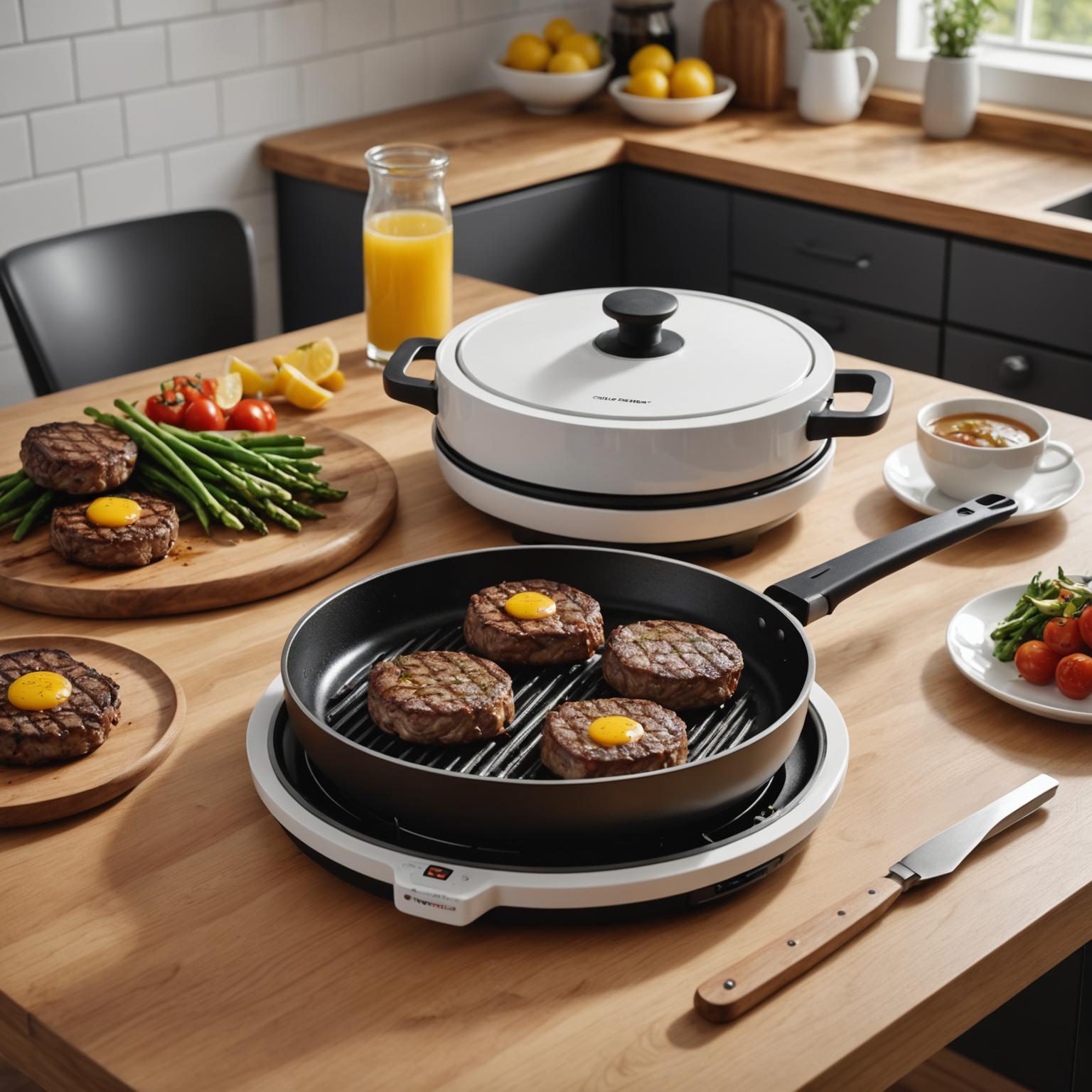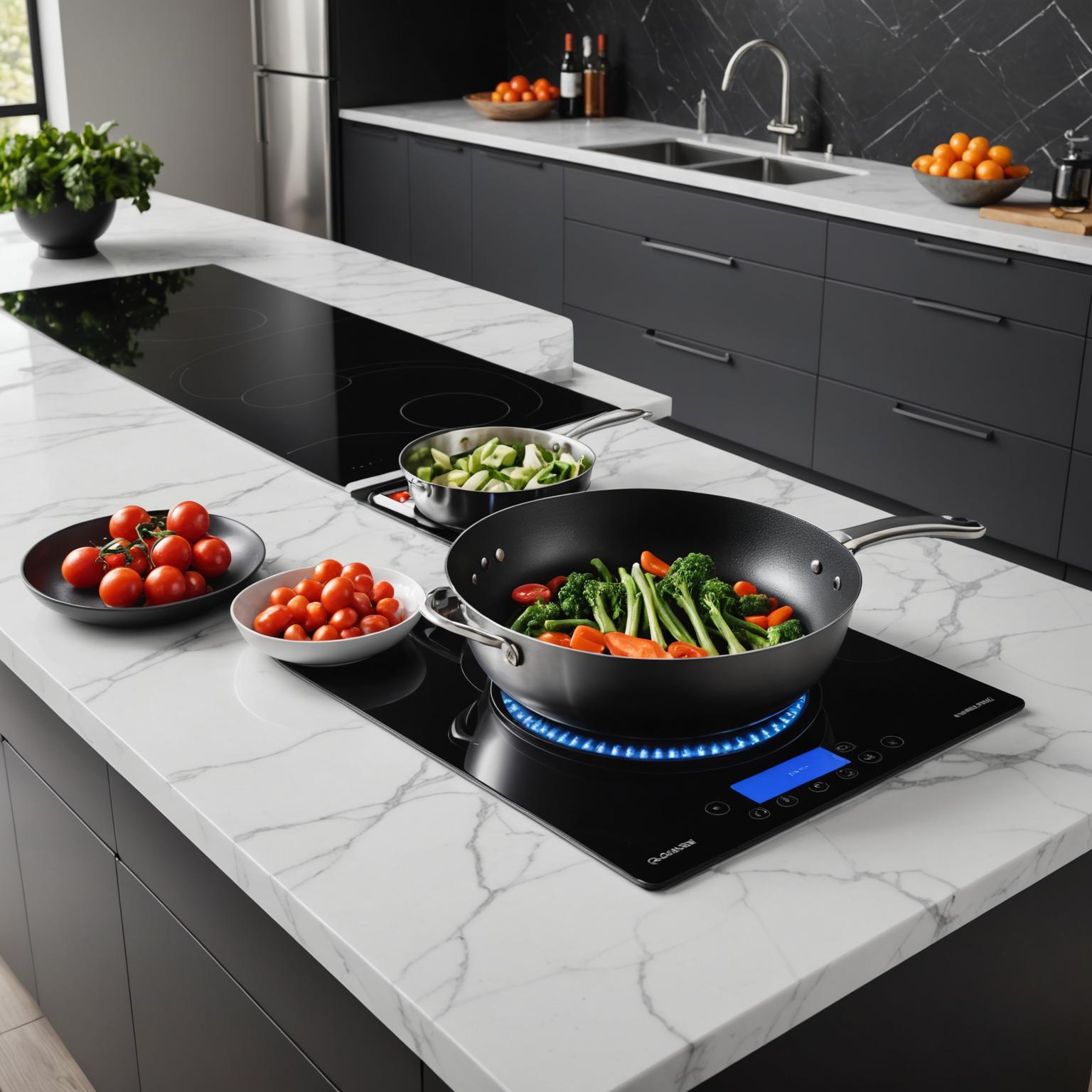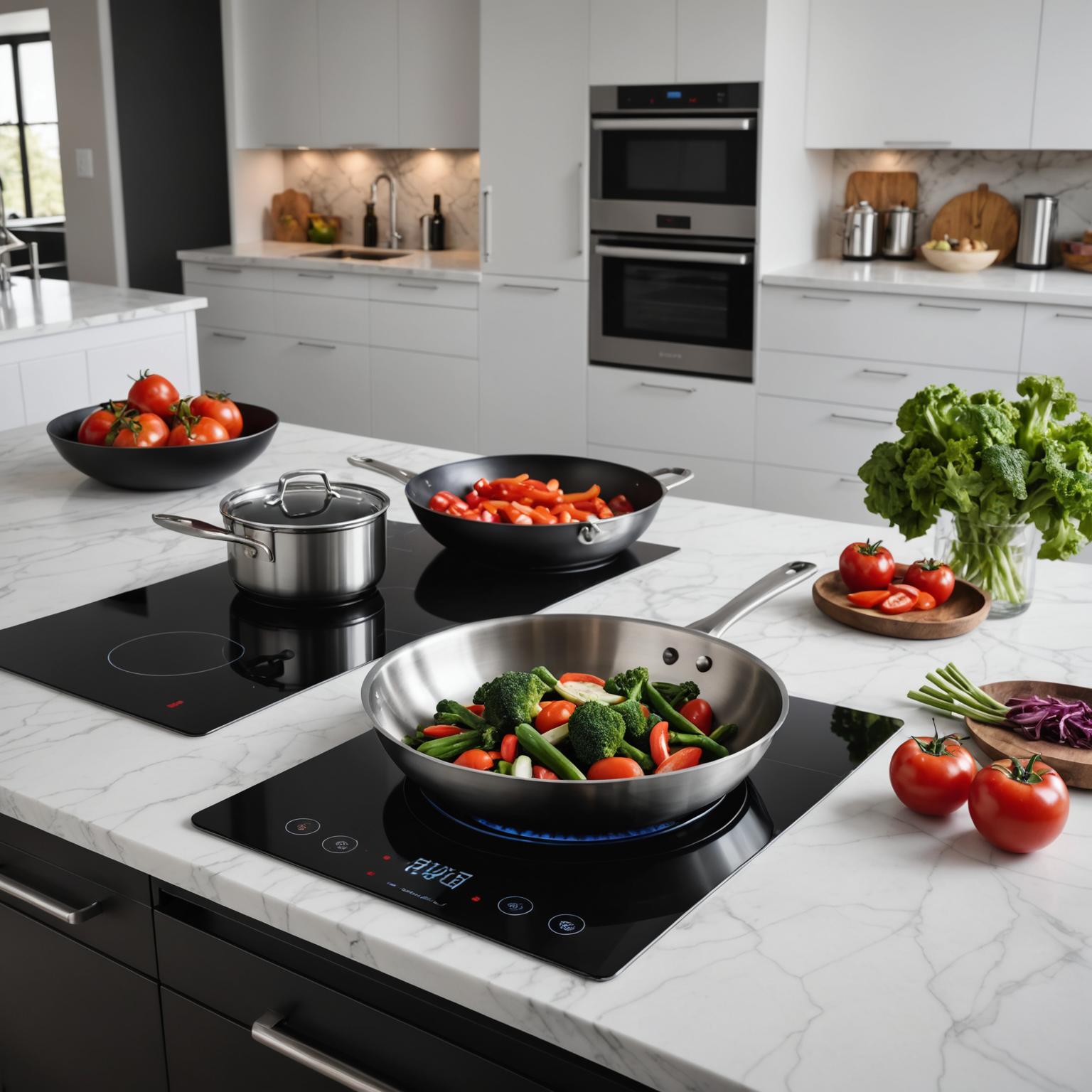Traditional Flames vs. Modern Magnetism: Choosing Your Wok Cooktop
The art of wok cooking is synonymous with rapid, high-heat stir-frying, a technique traditionally perfected over a roaring gas flame. For generations, this was the undisputed method. However, modern culinary technology has introduced a powerful and precise alternative: the Wok Induction Cooktop. This innovation challenges the status quo, offering a different approach to achieving the same delicious results. The debate between traditional gas and modern induction is not just about heat source; it’s a comparison of efficiency, control, safety, and the very experience of cooking.
The Classic Appeal of Gas Cooking
For many purists, cooking with a gas flame is the only authentic way to use a wok. The visual feedback of a live flame allows for intuitive heat adjustments, and the open flame can lick up the sides of a traditional round-bottomed wok, providing encompassing heat. This is also how the coveted 'wok hei'—the breath of the wok—is often achieved, as aerosolized fats ignite in the flame, imparting a unique smoky flavor. However, this traditional method has its drawbacks. Gas stovetops are notoriously inefficient, with a significant amount of heat energy lost to the surrounding air. They also present safety concerns with open flames and can be cumbersome to clean around the grates and burners.
The Rise of Wok Induction Technology
The induction cooktop for wok operates on a completely different principle. Instead of generating heat and transferring it to the pan, wok induction technology uses magnetic fields to directly excite the molecules within the cookware itself, creating heat from within. This method is incredibly efficient, with almost no wasted energy. An induction stovetop for wok, especially those with a concave depression designed to cradle the wok, provides instantaneous and highly responsive temperature changes. This precision allows for a level of control that is difficult to match with gas, ensuring consistent results every time. Furthermore, the lack of an open flame and a cooktop surface that stays relatively cool makes wok cooking induction a significantly safer option, and the flat, seamless glass surface is exceptionally easy to clean.
A Head-to-Head Comparison: Performance and Practicality
When comparing the two, induction heating wok technology excels in speed, safety, and efficiency. Water boils and oil heats in a fraction of the time it takes on a gas stove. This speed is a major advantage for fast-paced stir-frying. While gas provides a classic experience, induction offers unparalleled precision, allowing cooks to maintain an exact temperature for delicate sauces or achieve a powerful sear without guesswork. A key consideration for many is portability. While gas ranges are fixed installations, the availability of a portable induction wok burner offers incredible flexibility. These standalone units can be used anywhere there's a power outlet, transforming a kitchen island, patio, or small apartment into a high-performance cooking station. This versatility is simply not possible with a traditional gas setup.
The Verdict: Which is Right for You?
Choosing between a gas stove and an induction cooktop for wok cooking ultimately comes down to personal priorities. If you are a traditionalist who values the feel and theatricality of an open flame and the specific flavor of 'wok hei' it can create, gas remains a viable option. However, for the modern cook who prioritizes speed, energy efficiency, pinpoint temperature control, safety, and ease of cleanup, the argument for induction is overwhelmingly strong. High-quality induction cooktops from reputable manufacturers offer the power and responsiveness needed to rival, and in many aspects surpass, the performance of gas, bringing a timeless cooking method firmly into the future of future culinary innovation.






